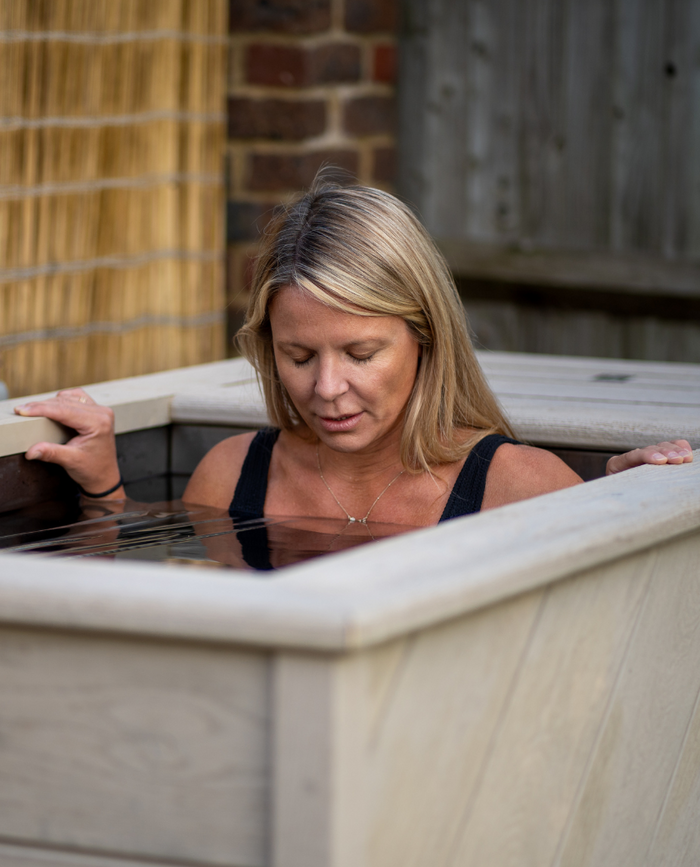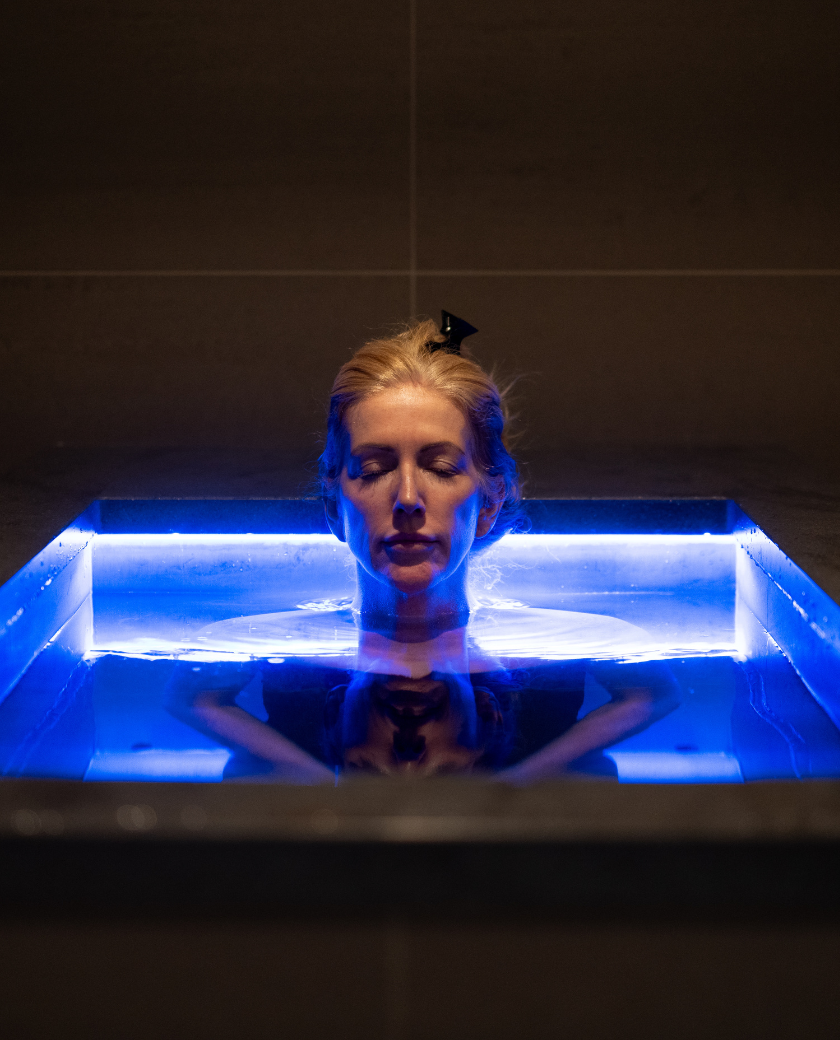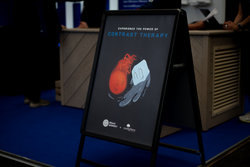Fire and ice: Sauna and ice bath contrast therapy

What is contrast therapy?
Contrast therapy, also known as contrast water therapy or contrast bath therapy, is an ancient recovery technique of alternating between hot and cold temperatures. The history of contrast therapy dates all the way back to ancient civilizations such as Greece and Rome, where hot and cold baths were used to treat various health conditions. In the 19th century, contrast therapy was developed as a modern therapeutic method, and it was widely used in hydrotherapy treatments.
In recent times, contrast therapy has become popular amongst the athlete community to reduce inflammation and pain, in the form of a few minutes in the sauna followed by a dip in the ice bath known as fire and ice.
The benefits of contrast therapy
Combining a sauna with an ice bath is an effective way to improve circulation, reduce inflammation, speed up muscle recovery and elevate your mood. The heat from the sauna causes blood vessels to dilate, which improves blood flow and reduces inflammation.
The cold from the ice bath causes blood vessels to constrict, which improves circulation and reduces muscle soreness. This contrast between hot and cold temperatures helps to improve overall recovery and reduce the risk of injury.
Hot or cold first?
Using a sauna is encouraged as both hot and cold work on similar pathways and Nordic cultures have done this for millennia. However, the evidence for maximising the metabolic benefits suggests starting in the hot and ending in the cold and then reheating naturally.
This matters for people wanting to increase metabolism and activates brown fat, warming in saunas or hot rooms will stop this benefit. The process of reheating naturally encourages the body to adapt, ending in saunas that discourage this adaptation of our metabolism.
Sauna and ice baths are both great tools for recovery and overall health. Saunas have been shown to improve cardiovascular health, while ice baths have been shown to reduce muscle soreness and inflammation. Using them together as contrast therapy can have a powerful impact on the body's circulation and recovery.
However, it's important to consult with a doctor or physical therapist before starting a contrast therapy routine, especially if you have any underlying health conditions.
Just starting out your cold water journey? Learn everything you need to get going by visiting our ice baths for beginners guides.












